Targeting Success: How to Optimise Your Facebook Ads

Are your Facebook ad campaigns falling flat? Do your ads disappear without fetching meaningful results for your business? With over 2 billion users logging into Facebook daily, standing out is not easy. You can see your desired results with the right targeting, optimisation strategies, and leveraging Facebook Ads Manager.
In this blog, we'll dive into the key steps for optimising your Facebook ads and taking your results to the next level. You will learn about focusing on the right target, adjusting Facebook ads cost, analysing performance, and updating tactics based on data.
Whether you're new to Facebook ads or looking to improve campaigns, Growth Jockey aims to deliver practical tips to boost engagement and conversions.
Tactics to Optimise Ads with Facebook Ads Manager
1. Choosing the Right Objective
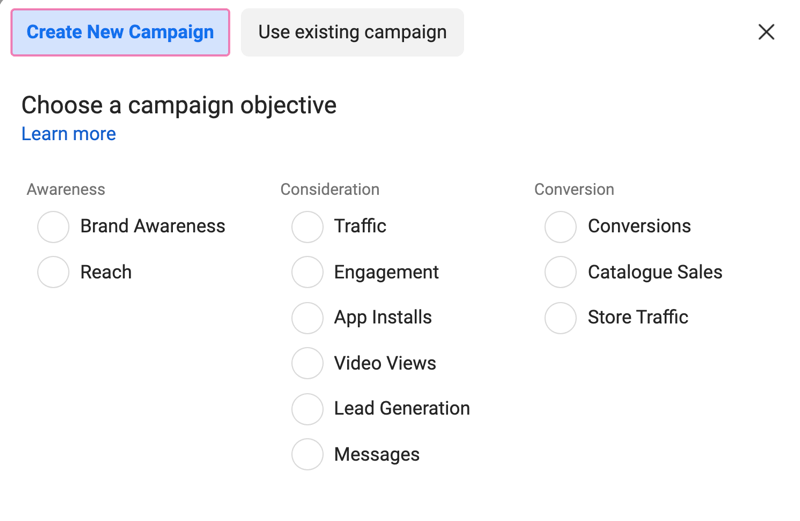
When setting up an ad, one of the first decisions you'll make in Facebook Ads Manager is choosing the objective of your campaign. There are three main objectives to pick from:
-
Awareness: Best for increasing brand visibility or reach. Metrics to track include impressions, reach, and frequency.
-
Traffic: Ideal for driving site traffic or app installs. Key metrics to watch out for are link clicks, landing page views, and post engagement.
-
Conversions: Focused on acquiring leads or sales. Track conversions, add to carts, and cost per result or CPR.
Align your objective with your current business goals. Are you launching a new product or want to get your brand in front of more people? Awareness could work. Trying to increase website visitors? Traffic is your objective. If you're ready to drive conversions, choose that.
When you select the objective, Facebook will optimise your ad delivery and auction bidding to achieve that goal for the lowest cost.
Ad delivery refers to how Facebook determines when and where to show your ads to relevant people. Auction bidding happens every time your ad enters an auction to show on Facebook. Your bid, relevance, and other factors determine if your ad wins and shows.
Check the Facebook Ad Library to monitor your ads' performance based on spending and results. You can refine the objective or switch Facebook Com Ads Manager campaign types to fit your goals better.
2. Targeting Ideal Audiences
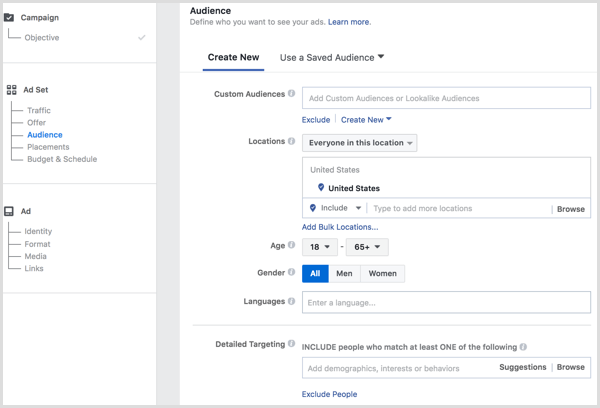
Facebook offers detailed targeting options to reach your target customers. Take advantage of these features to attract the right people who will convert into customers:
-
Location: Target by country, state, or city, or set a custom radius in a location. Small businesses operating only in their local region can take advantage of this.
-
Demographics: Select age, gender, language, education level, relationship status, etc. Know your audience demographic and focus your ads.
-
Interests: Categorise the audience by hobbies, passions, and entertainment preferences. This categorisation will help you in selling niche products.
-
Custom Audiences: Create audiences from your existing customers' list, website visitors, app users, or other sources. Retarget the people who are already aware of your brand.
-
Lookalike Audiences: Wondering who these are? They are people with similar tastes to your audience but do not know your brand yet. Target them to scale your business and expand your reach.
Always test different audience segments against each other to see what works. Try narrowing it down by adding more demographic filters or additional interest layers. Monitor performance in Facebook Ads Manager and double down on your winners.
3. Crafting Engaging Ad Creatives
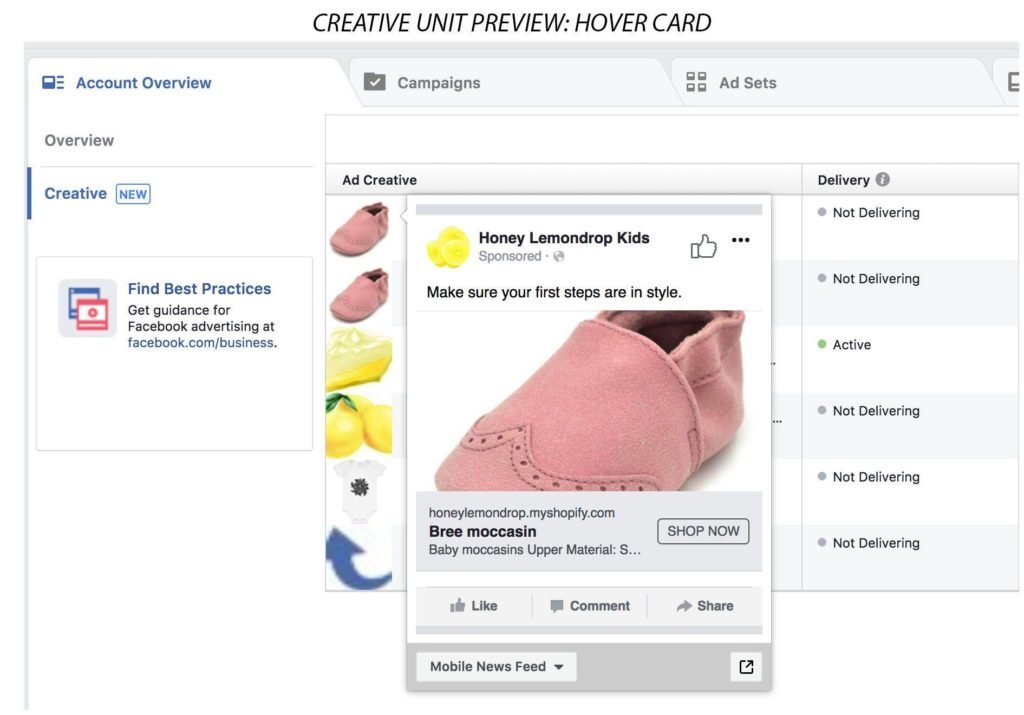
Your ad creative is make-or-break for capturing attention and driving results. Follow these tips to develop eye-catching, high-converting ads:
-
Visuals: Use high-quality, relevant images or videos that stand out. Show your product, people using it, lifestyle imagery, etc.
-
Copy: Write a clear and concise copy, avoid emojis and highlight benefits to your target audience.
-
Clear Call-to-Action: Clear, clickable CTA buttons with compelling text like "Sign Up Now" and "Learn More" always do the job.
-
Size and Format: Design for mobile and Facebook ad size specifications. Every type of layout, such as single image, carousel, and video, has its uses.
Always A/B test different versions of your ads on Facebook. Try different imagery, copy variations, layouts, etc. Crafting the perfect ad takes testing and refinement over time. The better your creativity, the better your Facebook ad performance will be.
4. Optimising Ad Placement

Where you place your Facebook ads can impact their visibility and performance. You have two main options:
-
Automatic Placements: Facebook automatically shows your ads in the optimal placements based on your goal, targeting, and bid.
-
Manual Placements: Select specific placements like Facebook News Feed, Instagram Feed, Stories, Search, etc.
When using Automatic Placements, check the Facebook Ad Library to see your top-performing placements. You can then narrow your targeting and move to manual bids on the winning spots. Never forget to focus on device targeting and optimise for mobile or desktop.
Other placements like In-Stream Video or Marketplace may work well for certain objectives. In Facebook Marketplace, there is a potential audience of 495.7 million. Evaluate placements and pause on what’s not working.
5. Setting the Right Budget and Bidding
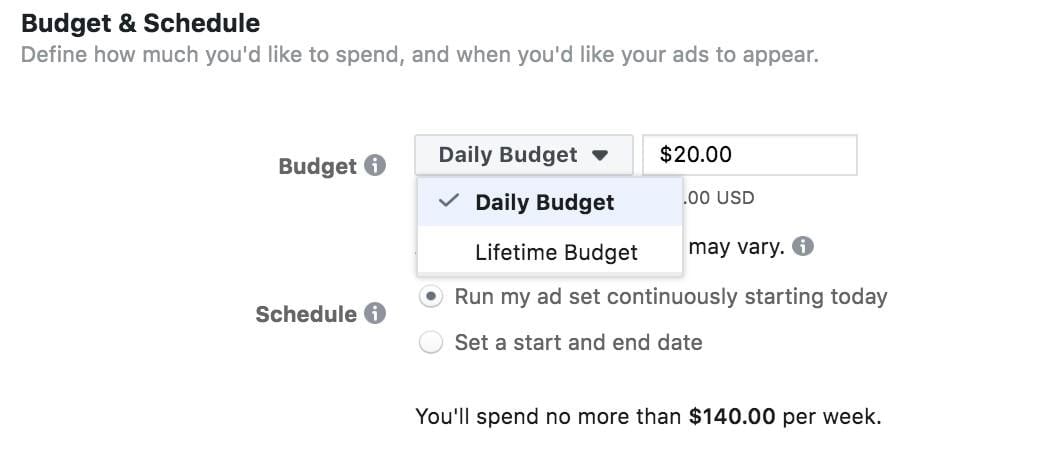
Your Facebook ad budget and bid strategy influence performance and costs. But, before going into their specifics, we need to clear some basics. You will come across some acronyms such as CPC, CPA, or CPR.
-
CPC: Cost Per Click- the amount you pay when someone clicks your ad.
-
CPA: Cost Per Acquisition/Action- the cost when someone takes a desired action, like a purchase.
-
CPR: Cost Per Result- the cost per conversion result, like lead or email signup.
Here are tips for optimising your Facebook ad budget and bids:
-
Campaign Budget: Set an overall budget for the full duration of your campaign. Give new campaigns time to optimise by allocating 5% to 12% of your revenue.
-
Daily Budget: Most you're willing to spend per day. Start with a lower number.
-
Bid Strategies: Use the lowest cost bid for awareness objectives and manual bidding for traffic/conversion goals.
-
Manual Bidding: Set your max CPC bid based on target CPA and auction dynamics. Adjust bids based on performance.
-
Budget Adjustments: If CPR is too high, you can increase the budget, but if costs are low, try reducing the budget.
Monitor performance daily and tweak bids, budgets, and targeting to optimise results for the better.
6. Monitoring Performance and Iterating
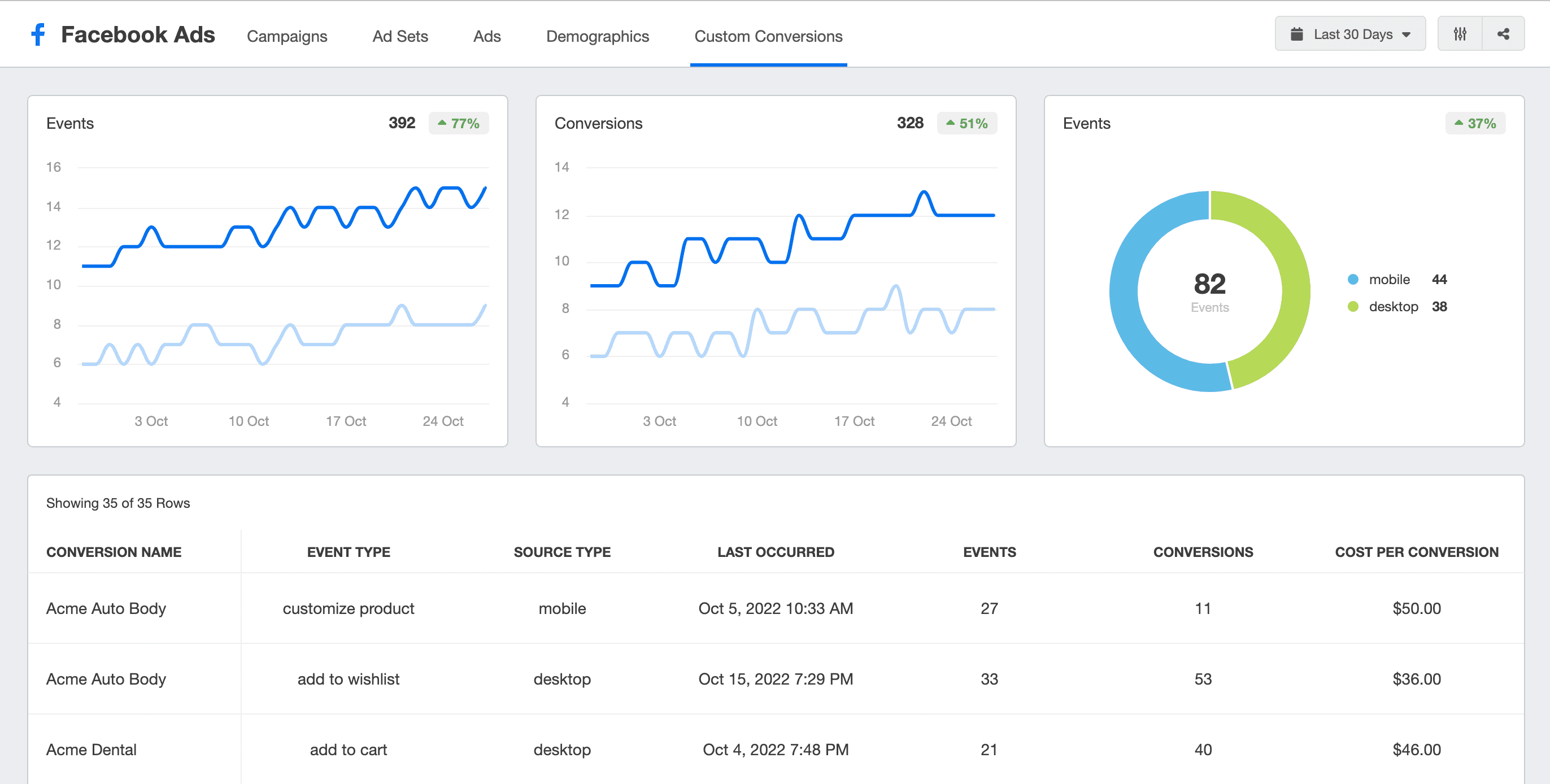
Ongoing performance monitoring is crucial for Facebook ad success. Make sure to leverage all the analytics tools available:
-
Facebook Ads Manager: Provides campaign, ad set, and ad-level data with detailed results and cost breakdowns.
-
Facebook Analytics: Connect your pixel to analyse conversions and optimise your funnel. Facebook/Meta Pixel is a code for your website that will allow you to measure and build target audiences for your marketing campaigns.
-
Facebook Business Suite: A central dashboard to manage ads across Facebook's platforms. Create customised dashboards tracking metrics specific to your goals and needs.
Analyse metrics like CTR (click-through rate), CPC (cost-per-click), CPM (cost per thousand), CPA (cost per action), ROAS (return on advertising spend), and CVR (conversion rate) regularly to gauge results. Dig into the data for demographic, placement, ad creative, and other segmentation performance. Set up real-time monitoring with automatic alerts to stay on top of sudden changes in costs or conversions.
The key is to monitor the numbers, derive insights, and iterate based on the data about audiences, messaging, placements, and strategy.
Conclusion
Optimising your Facebook ads takes strategic targeting, compelling creative, smart bidding, and constant refinement. By following the steps covered in this post in Facebook Ads Manager, you'll be well on your way to improved results.
Always remember that optimising is an ongoing process. Do not stop once you have achieved your desired results. Track performance, embrace A/B testing, and iterate to drive continuous improvement.
For hands-on support in implementing these Facebook ad best practices, leverage the experts at Growth Jockey. As a leading technology and marketing solutions provider, Growth Jockey has the proven methodology and expertise to optimise your ad strategies.
FAQs
How can A/B testing help improve Facebook ad optimisation?
A/B testing enables brands to experiment with different types of ads with varying elements like video, images, and copy. The real-time testing data helps marketers understand which ad performs the best.
Does mobile optimisation impact the performance of Facebook ads?
As most users scroll through social media and check ads on their smartphones, mobile optimisation is vital. Optimised videos and images in ads boost engagement effectively.
How do we implement retargeting to improve Facebook ad engagement?
Implement retargeting by creating ad campaigns for customers who have viewed your ads or purchased products. Showcase products they've liked to increase sales and engagement.








